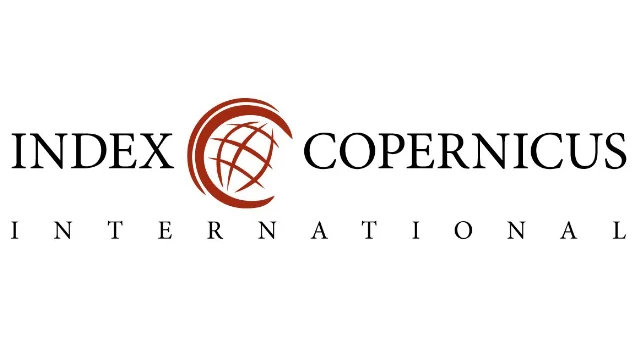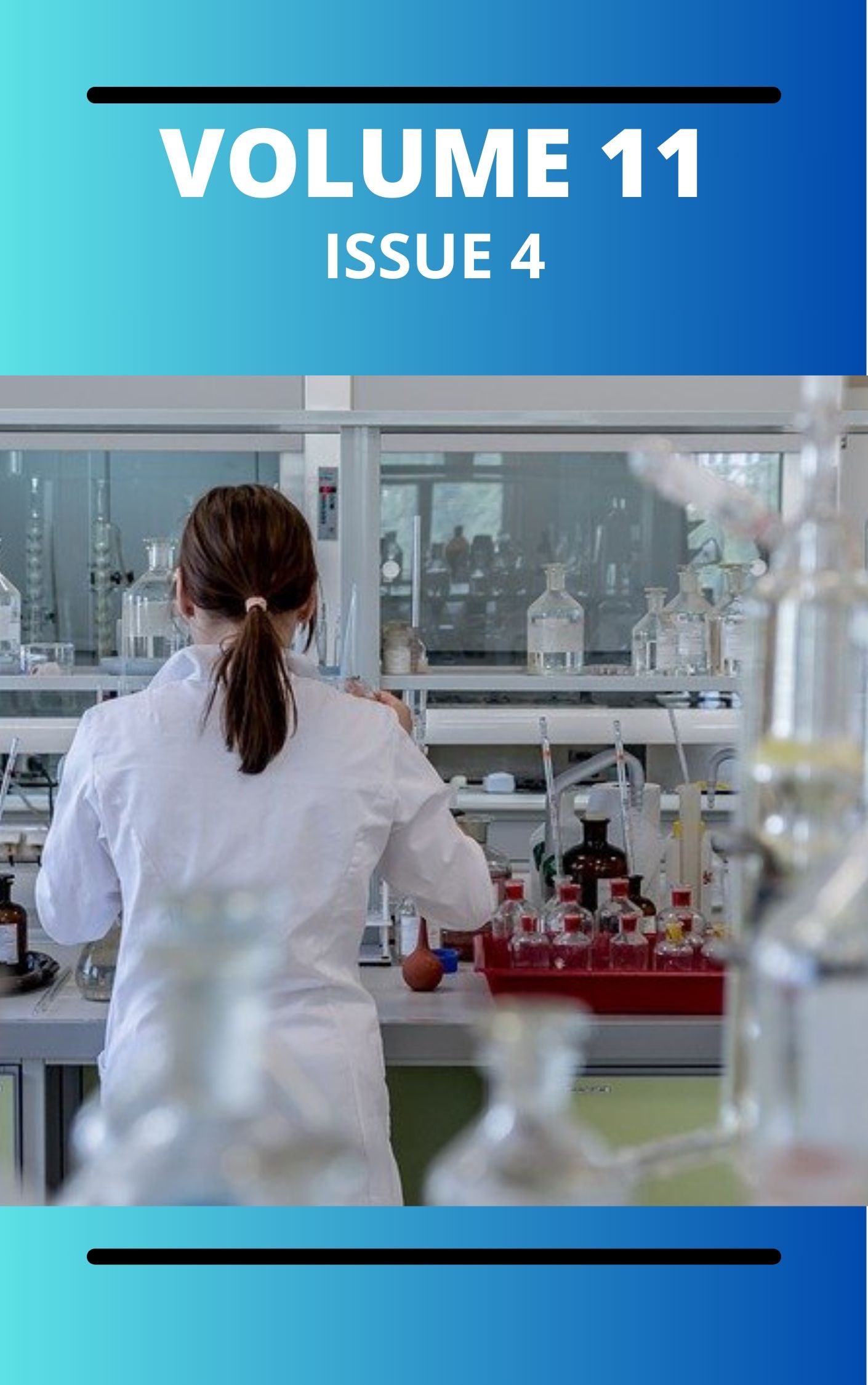Molecular Docking Studies on Eudesmane Sesquiterpenes as Potential Anti-leishmanial Agents
Keywords:
Leishmaniasis, Eudesmane Sesquiterpenes, Docking, Drug-likenessAbstract
In this study, potential inhibitors against Leishmania were identified by docking 30 bioactive compounds from the methanol extract of Solanum erianthum leaves with key Leishmania protein targets. Among the screened compounds, six demonstrated strong binding affinities, with docking scores ranging from −9.2 to −11.4 kcal/mol, particularly against enzymes like trypanothione reductase and arginase, which are crucial for Leishmania’s survival. Experimental validation using in vitro assays confirmed the inhibitory activity of the top three compounds, showing IC50 values between 10 to 25 µM. The findingssss suggest that compounds from Solanum erianthum have the potential to act as lead inhibitors for Leishmania proteins, especially with binding affinity values 30–50% higher than standard inhibitors. Further experimental tests, including enzyme inhibition assays and Leishmania-infected animal models, will be conducted to evaluate their in vivo efficacy. Lead optimization, including structural modifications, is recommended to enhance potency, with a focus on improving pharmacokinetic properties. Visual representations, including protein-ligand interaction diagrams, demonstrated strong hydrogen bonding and hydrophobic interactions, which are critical for the compounds' inhibitory effects.
This study evaluated eudesmane sesquiterpenes as potential therapeutic agents for leishmaniasis, a neglected tropical disease. Nineteen eudesmane-type sesquiterpenes were docked against key target proteins involved in leishmanial glycolysis and polyamine salvage pathways using SwissDock. The binding energies of these compounds were compared to the standard drugs amphotericin B, pentamidine, and miltefosine. Additionally, their drug-likeness and toxicological profiles were assessed using SwissADME and admetSAR. Notably, pterodontic periodontic acid exhibited binding energies comparable to pentamidine against GAPDH (1A7K) and aldolase (1EPX). Similarly, 4α,15-epoxy-eudesmane-1β,6α,11-triol and eudesmane ethyl ester demonstrated binding energies comparable to miltefosine against phosphoglucose isomerase (PGI, 1Q50). Vulgarin and proximadiol outperformed miltefosine, pentamidine, and amphotericin B in binding to transketolase (1R9J).All five compounds met Lipinski's criteria for drug-likeness, and toxicity predictions indicated they are weak hERG channel inhibitors, non-carcinogenic, and non-AMES toxic. These findings suggest that these eudesmane sesquiterpenes are promising candidates for anti-leishmanial drug development.
Most read articles by the same author(s)
- Taye Temitope Alawode, Identification of Potential Aedes aegypti Juvenile Hormone Inhibitors from Methanol Extract of Leaves of Solanum erianthum: An In Silico Approach , Communication In Physical Sciences: Vol. 11 No. 4 (2024): VOLUME 11 ISSUE 4
- Taye Temitope Alawode, Molecular Docking Studies on Eudesmane Sesquiterpenes as Potential Anti-leishmanial Agents , Communication In Physical Sciences: Vol. 12 No. 1 (2024): VOLUME 12 ISSUE 1
Similar Articles
- Taye Temitope Alawode, Molecular Docking Studies on Eudesmane Sesquiterpenes as Potential Anti-leishmanial Agents , Communication In Physical Sciences: Vol. 12 No. 1 (2024): VOLUME 12 ISSUE 1
- Amaku James Friday, Victor Okezie Ikpeazu, Ifeanyi Otuokere, K. K. Igwe, Bioactive phenolic compounds isolated in morus alba leaves as potential inhibitor of Hepatitis C Virus NS3 Protease: A molecular docking approach , Communication In Physical Sciences: Vol. 5 No. 4 (2020): VOLUME 5 ISSUE 4
- Chinedum Ifeanyi Nwankwo, Onuchi Marygem Mac-Kalunta, Godfrey Ogochukwu Ezema, Nwokedi Anslem Kenecukwu, Uzoefuna Chima Casmir, Ndu Chidiebere Kingsley, Onuoha Peter Chibuzo, In Silico Anti-Inflammatory Activities of Abelmoschus Esculentus Derived Ligands On Cox-2 , Communication In Physical Sciences: Vol. 12 No. 3 (2025): VOLUME 12 ISSUE 3
- Samuel A. Egu, Akachukwu Ibezim, Efeturi A. Onoabedje, Uchechukwu C. Okoro, N-Myristoyl Transferase Inhibitors with Antifungal Activity in Quinolinequinone Series: Synthesis, In-silico Evaluation and Biological Assay , Communication In Physical Sciences: Vol. 5 No. 4 (2020): VOLUME 5 ISSUE 4
- Amaku James Friday, Victor Okezie Ikpeazu, Ifeanyi Otuokere, Kalu K. Igwe, Targeting Glycogen Synthase Kinase-3 (Gsk3β) With Naturally Occurring Phytochemicals (Quercetin and its Modelled Analogue): A Pharmacophore Modelling and Molecular Docking Approach , Communication In Physical Sciences: Vol. 5 No. 4 (2020): VOLUME 5 ISSUE 4
- Victor O. Ikpeazu, Amaku James Friday, Kalu . K. Igwe, Ifeanyi E. Otuokere, Repositioning the Bioactive Compounds Isolated from Bauhinia Galpinii Leaves as Potential Inhibitors Against Human Immunodeficiency Virus (HIV) II Protease Through Application of In Silico Studies , Communication In Physical Sciences: Vol. 6 No. 1 (2020): VOLUME 6 ISSUE 1
- Unwanaobong Friday Robert, Ifeanyi Edozie Otuokere, Jude Chodozie Nnaji, Synthesis, Characterization, and ADME/T Prediction of (2Z)-2-[2-(2,4-Dinitrophenyl)hydrazinylidene]-1,2-diphenyle -than-1-ol (DPHD) and Its Copper(II) Complex , Communication In Physical Sciences: Vol. 12 No. 7 (2025): Volume 12 issue 7
- Christabel M. Eteghwia, Enoo Ojaikre, Efeturi A. Onoabedje, Chinweike C. Eze, Patience O. Adomi, 7-Chloroquinoline Sulphonamide Derivatives: Synthesis, Characterization, Biological and Drug-likeness Evaluation , Communication In Physical Sciences: Vol. 12 No. 1 (2024): VOLUME 12 ISSUE 1
- Ndidiamaka Justina Agbo, Pius Oziri Ukoha, Uchechukwu Susan Oruma, Tania Groutso, Oguejiofo Theophilus Ujam, Solomon Ejike Okereke, Crystal Structure, in Silico Studies and Anti-diabetic Potentials of 3-e-(1,5-dimethyl-3-oxo-2-phenyl-2,3-dihydro-1h-pyrazol-4-yl)hyd -razinylidene]pentane-2,4-dione(hdpp)and its Cu(II) and Ni(II) complexes , Communication In Physical Sciences: Vol. 11 No. 4 (2024): VOLUME 11 ISSUE 4
- G. U. Kaior, N. J. Nwodo, U. S. Oruma, A. Ibezim, A. E. Ochonogor, K. K. Onyia, Nnamdi L. Obasi, Structural, Antimicrobial and in Silico Studies of Some Schiff Bases of Trans-paramethoxycinnamaldehyde Derivatives , Communication In Physical Sciences: Vol. 5 No. 4 (2020): VOLUME 5 ISSUE 4
You may also start an advanced similarity search for this article.




